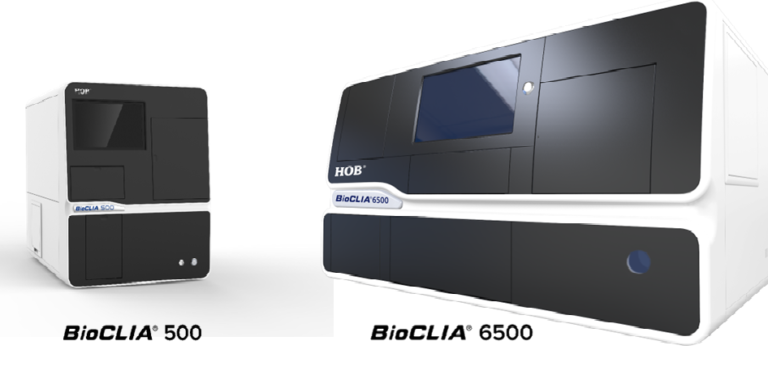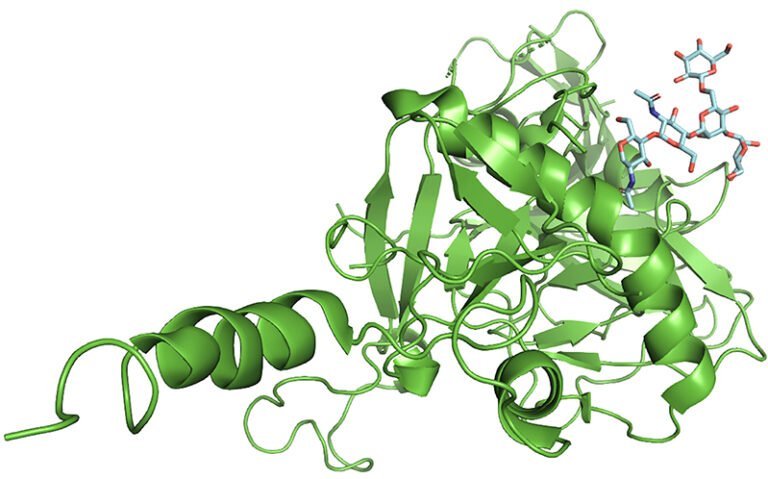Understanding Celiac Disease: Causes, Symptoms, and Management
Celiac disease, also known as gluten-sensitive enteropathy, is a chronic autoimmune disorder that affects millions of people worldwide. This condition primarily impacts the small intestine, and its hallmark is an adverse reaction to gluten, a protein found in wheat, barley, and rye. If left untreated, celiac disease can lead to serious complications, including malnutrition, osteoporosis, infertility, and even an increased risk of certain cancers. In this blog, we’ll explore celiac disease, its causes, symptoms, and how it can be effectively managed.
What Is Celiac Disease?
Celiac disease occurs when the body’s immune system mistakenly reacts to gluten as a harmful substance. When a person with celiac disease consumes gluten, their immune system triggers an inflammatory response in the small intestine. This damages the villi—tiny, finger-like projections that line the intestinal wall and absorb nutrients from food. Over time, this damage impairs the body’s ability to absorb essential nutrients, leading to various health problems.
Causes and Risk Factors
While the exact cause of celiac disease remains unknown, certain genetic and environmental factors are known to play a role:
- Genetic predisposition: Individuals with certain genetic markers, such as HLA-DQ2 and HLA-DQ8, are more likely to develop celiac disease. It tends to run in families, meaning those with a close relative who has celiac disease are at higher risk.
- Immune system triggers: Factors like viral infections, major surgery, pregnancy, childbirth, or severe emotional stress may trigger the onset of celiac disease in genetically predisposed individuals.
- Early gluten exposure: There’s some evidence suggesting that introducing gluten too early in infancy may contribute to the development of celiac disease, though this is still under investigation.
Common Symptoms of Celiac Disease
Symptoms of celiac disease can vary widely from person to person. Some people experience severe digestive symptoms, while others may have no digestive issues at all but suffer from other complications. Common symptoms include:
- Digestive issues: Abdominal pain, bloating, diarrhea, constipation, and gas are common signs of celiac disease, especially in children.
- Malnutrition: Weight loss, fatigue, and anaemia due to poor nutrient absorption can occur, even in individuals who eat a well-balanced diet.
- Skin rash: A specific skin condition called dermatitis herpetiformis, characterized by itchy blisters and rashes, is often associated with celiac disease.
- Bone and joint pain: Vitamin and mineral deficiencies can lead to bone loss, osteoporosis, or joint pain.
- Neurological symptoms: Some individuals may experience headaches, depression, anxiety, or numbness in the hands and feet.
- Other complications: Celiac disease has been linked to delayed growth in children, infertility, miscarriage, and increased risk of certain cancers like intestinal lymphoma.
Diagnosis of Celiac Disease
Diagnosing celiac disease typically involves a combination of blood tests and biopsies:
- Blood tests: These check for specific antibodies, such as tissue transglutaminase (tTG) antibodies, which are elevated in people with celiac disease.
- Endoscopy and biopsy: If blood tests are positive, a doctor may perform an endoscopy to take a small intestine biopsy. This confirms the presence of villi damage indicative of celiac disease.
It’s important to note that testing should be done while the individual is still consuming gluten, as removing gluten before testing can yield false-negative results.
Managing Celiac Disease: The Gluten-Free Diet
The only effective treatment for celiac disease is a strict, lifelong gluten-free diet. This involves avoiding all foods and products that contain gluten. Fortunately, many gluten-free alternatives are available today, making it easier for individuals with celiac disease to maintain a nutritious and balanced diet.
- Foods to avoid: Wheat, barley, rye, spelled, and triticale are the main grains to eliminate from the diet. This includes most bread, pasta, cereals, and processed foods containing gluten.
- Gluten-free options: Safe grains and starches include rice, corn, quinoa, buckwheat, potatoes, and gluten-free oats. Naturally, gluten-free foods, such as fruits, vegetables, meats, fish, eggs, and dairy, are also safe.
- Label reading: Individuals with celiac disease must read food labels carefully, as gluten can sometimes be hidden in processed foods, sauces, and seasonings.
- Cross-contamination: Even small amounts of gluten can cause symptoms in people with celiac disease. It’s essential to avoid cross-contamination in the kitchen, such as by using separate cooking utensils and surfaces for gluten-free food.
Living with Celiac Disease
Adapting to a gluten-free diet can be challenging at first, but with time and practice, most people find it manageable. There are now numerous gluten-free products available in grocery stores, restaurants, and bakeries, making dining out and food preparation more accessible than ever.
Individuals with celiac disease need to work with healthcare providers, including a registered dietitian, to ensure they are meeting their nutritional needs. Regular follow-up appointments are also essential to monitor the condition and prevent complications.
Conclusion
Celiac disease is a serious autoimmune condition that requires careful management through a gluten-free diet. With the right diagnosis and treatment plan, individuals with celiac disease can lead healthy, fulfilling lives. Awareness, early detection, and education are key to preventing long-term complications and improving the quality of life for those living with the condition.







